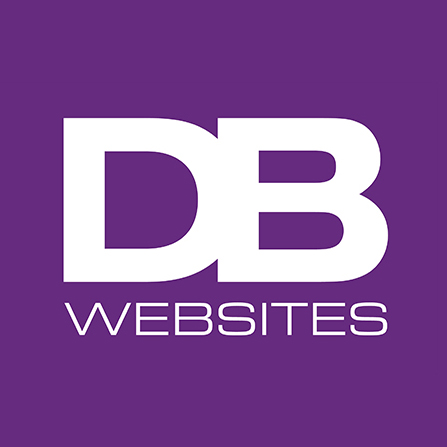The Windows 10 that Microsoft previewed yesterday is everything its predecessor should have been: it adapts between tablets and laptops, provides a consistent performance across phones and Xbox, and works as fast as the interfaces people have become used to from Google and Apple. That it is accompanied by holographic goggles even shows nostalgic, vaulting ambition from Microsoft.
Sad to report, however, that this feels like Windows Vista all over again – Vista was fixed by Wi ndows 7, and now Windows 10 is fixing Windows 8. This time round the problems are once again as much PR and momentum as they are technology, but there are few opportunities where Microsoftis regaining ground from the insurgents even if it does make better products.
ndows 7, and now Windows 10 is fixing Windows 8. This time round the problems are once again as much PR and momentum as they are technology, but there are few opportunities where Microsoftis regaining ground from the insurgents even if it does make better products.
What, then does Windows 10 really offer? There’s the Start Menu, back to make life easier, or to make up for Microsoft making life harder by taking it away. There’s increased use of OneDrive, although Microsoft also has a new(ish) partnership with Dropbox, who people trust more. That means you can access files anywhere, all the time. There’s comprehensive integration of Cortana, the voice assistant who can take on Siri and Google Now in the battle to be the best hardly used feature offered to still largely indifferent consumers. There’s a new stripped-down browser codenamed Spartan that offers a reading mode, the chance to annotate webpages or save them to read later, and generally do a host of things that are available in a host of other products.
If this makes it sound like Windows 10 isn’t a great leap forward for consumers, that’s because it’s hard to see where it is. But that’s not the point: this is a new piece of software that will be used by billions over years to come and needs to just work. The company dropped the ball last time round and it needs to regain the faith of manufacturers and consumers alike. In that context, the HoloLens glasses that Microsoft also unveiled may overlay the world with additional information on its semi-transparent lenses, but it exists as much to reassure the world that Microsoft’s Windows 10 is backed up by radical new ideas too. They may yet change the world, if the world suddently becomes populated by people happy to wear stupid-looking glasses, or some very clever industrial designers make them look a lot better.
What does all this mean for Microsoft? That it’s acknowledged that even if Windows 8 worked for some people on some devices, it ceded yet more ground to the iPad and Android and it failed to persuade users that the company understood the future. Now finally every app should work for touchscreens or on laptops, but this is essentially going to be a free upgrade for most users. The battle Microsoft sees itself fighting could therefore be characterised not so much as an attempt to persuade users that it rather than anyone else offers the better experience – it is trying to make sure that it preserves its market share, for fear of users going elsewhere. Windows 10 looks like a superb product, albeit belated. But it also looks like it comes from a company that wants to avoid the very real prospect of going into retreat.
As analysts at Forrester put it: “If successful, HoloLens will ultimately expand the way people interact with machines just as the mouse-based interface did in the 1990s, and touch interfaces did after the introduction of the iPhone in 2007.” But on Windows 10 itself, “The plans don’t show enough potential for creating a differentiated mobile experience that will draw developers and customers away from iOS and Android.” In both areas, that’s far too many ‘ifs’ and uncertainties for comfort.
SOURCE: By Matt Warman, Head of Technology, The Telegraph
